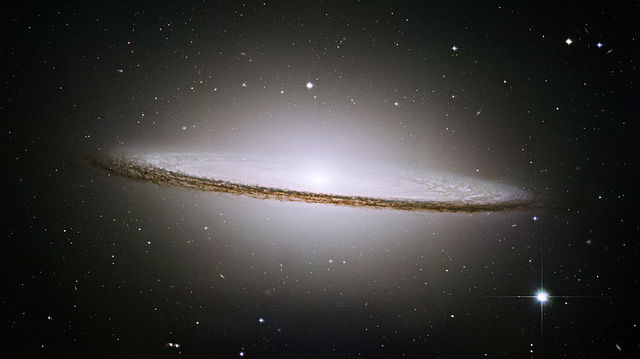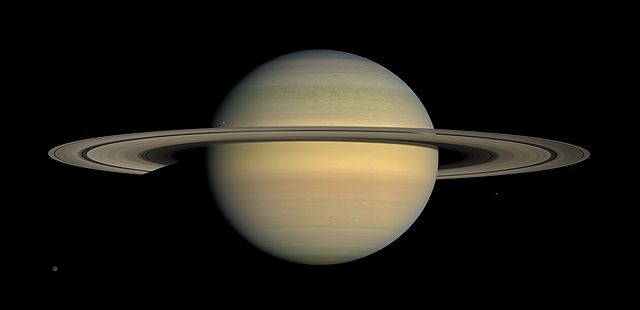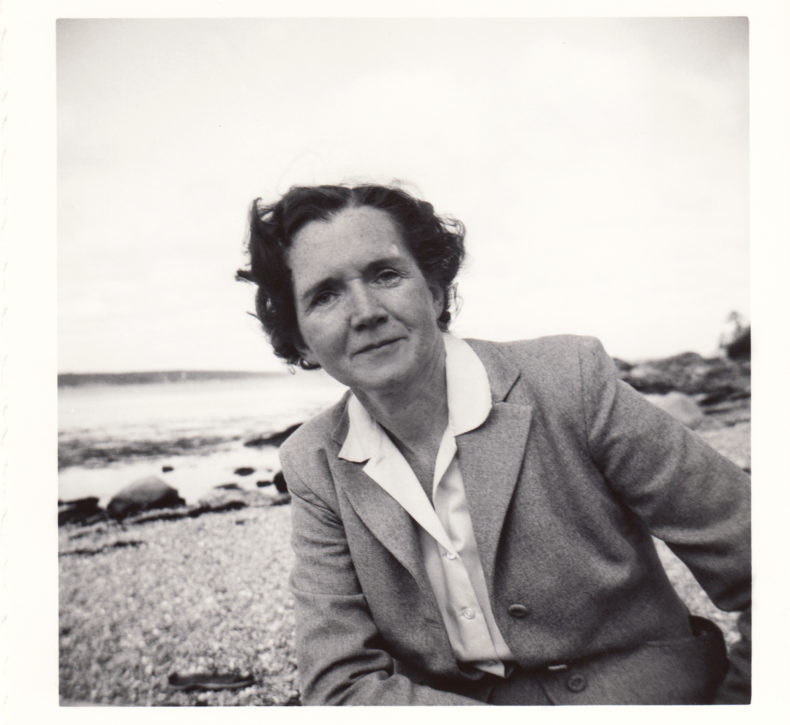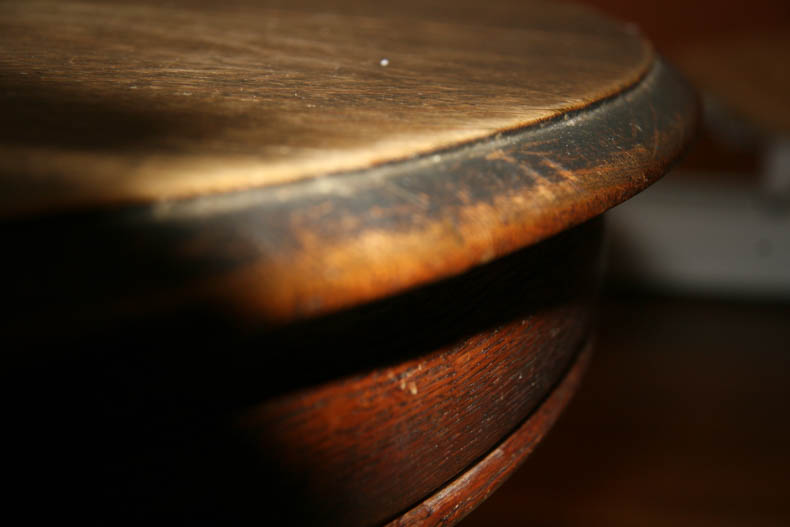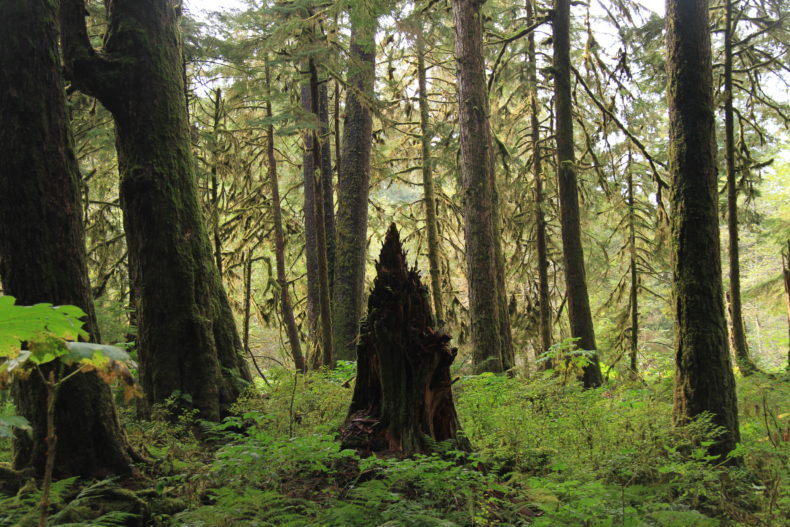
There are several things you’re likely to notice if you fly over Southeast Alaska’s Alexander Archipelago on a clear day. If you’re an alpine junky like me, the first will be the snowcapped mountains that stretch seemingly without end from near the coast to the eastern horizon somewhere in Canada, their white-and-gray-tongued glaciers pouring all the way to the sea. The second is the serene sea itself, scattered with more than 1,000 islands that jut down from the state along the coast like a shattered thumb. The third thing, the thing that Southeast Alaska and British Columbia have in greater abundance than just about everywhere else on Earth, is drippy, sponge-floored old-growth temperate rainforest.
It furs the near-coast foothills, the lower toes of peaks and all those islands for miles—dark, silvered at the edges with hanging lichens and mosses, youthful with saplings, wise with centuries-old giants, boney with standing snags. It looks like the hide of something Maurice Sendak would have drawn, or of one of Jim Henson’s fantastical creatures, or of something you can’t quite imagine at all. It looks wild in the truest sense of the word. Continue reading
 This is a travel story about a place I’ve never been. Maybe it’s a strange destination—a single, cold room. It’s thousands of miles from where I am, though, which makes it seem fascinating based on distance alone. But even better: inside it, you’d find pieces of the whole world. More than 500 million tiny pieces. Seeds.
This is a travel story about a place I’ve never been. Maybe it’s a strange destination—a single, cold room. It’s thousands of miles from where I am, though, which makes it seem fascinating based on distance alone. But even better: inside it, you’d find pieces of the whole world. More than 500 million tiny pieces. Seeds.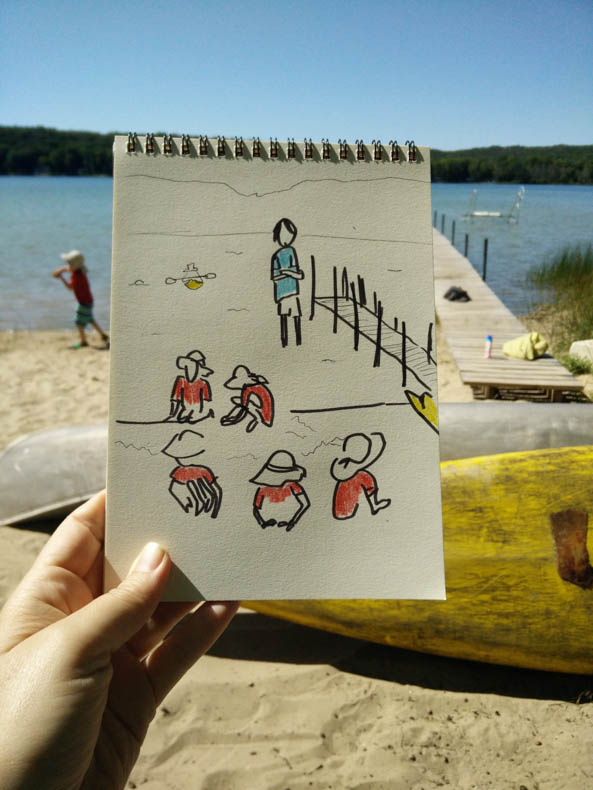
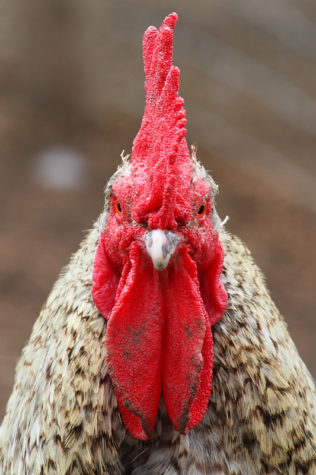 January 23-27, 2017
January 23-27, 2017